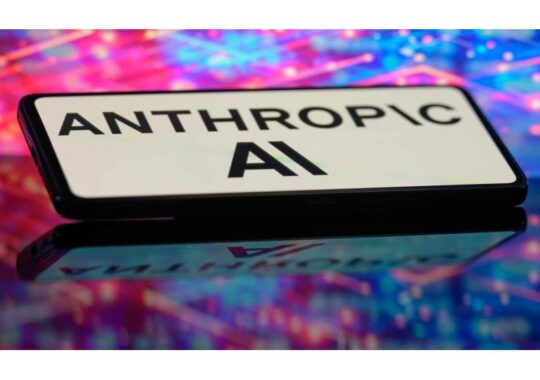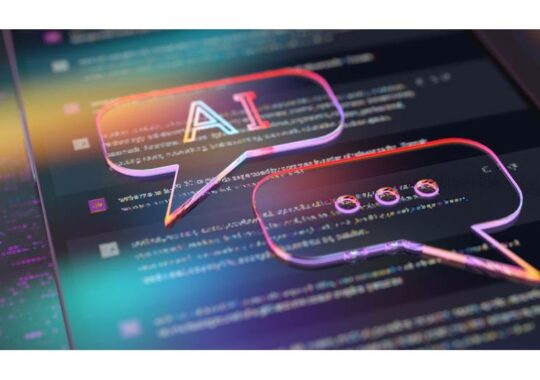Neural networks are rapidly evolving, permeating almost every aspect of our lives. However, people’s attitudes towards this technology remain mixed. While many are excitedly embracing the new possibilities, others fear various consequences, ranging from job loss to robots taking over.
Artificial intelligence (AI) is designed to assist humans. It helps us learn new technologies and even new professions, making life simpler. Yet, its impact on society is complex and multifaceted. Here are some examples of how neural networks might divide people.
1. Digital Inequality
Not everyone has access to the advanced technologies powered by neural networks. This creates a gap between those who can utilize these technologies and those who cannot.
2. Job Replacement
Neural networks can automate many professions, potentially leading to job losses. Notable examples include designers and copywriters, who have spent years honing their skills, now easily replicated by neural networks producing quality images and well-crafted texts in seconds.
3. Data Privacy
Neural networks often rely on vast amounts of personal data for training and operation. This raises privacy and data security concerns. While this is a necessary stage of machine learning, people may feel that machines know too much about them.
4. Manipulation and Influence
Neural networks can be used to manipulate public opinion or target advertisements. They can be trained to produce specific behaviors, leading to the dissemination of false information, which can cause national or religious conflicts.
5. Social Alienation
Human relationships might suffer if AI and neural networks replace human interaction in various life areas. Many people readily engage with voice assistants, which are becoming smarter by the day.
Vage Zakaryan, Head of Development at Gem Space superapp, states: “We should not exaggerate the danger of mass job loss. Neural networks have undoubtedly made significant strides in their development. However, it is important to remember that all requests are formulated by people, and the quality of these requests directly affects the neural network’s output. A new profession has emerged — prompt specialists for neural networks. Additionally, humans must control the output of neural networks to avoid errors and misunderstandings.”
The Positive Side of IT Development: Uniting Society
Conversely, the development of IT and AI can also foster societal cohesion. Here are some reasons why AI helps people connect more.
1. Social Networks and Messengers
AI improves and simplifies communication in social networks and messengers, offering automatic replies or translating messages into different languages. Chatbots with various services can also make interactions more vibrant by creating postcards, stickers, and more in real-time.
2. Learning and Development
Online learning platforms use AI to create personalized educational programs, promoting communication and knowledge exchange.
3. Online Games
AI is used to create more complex and realistic virtual worlds, enhancing communication between players.
4. Virtual Assistants
AI, like Siri or Alexa, facilitates communication, helping people manage their devices and perform various tasks.
5. AI in Business
Using AI for data analysis helps companies better understand their customers and offer more personalized services, promoting communication between companies and clients.
Clair Halpert, Communication Manager at QDAY agency, comments: “The development of neural networks cannot be stopped, so we need to find the positives they bring into our lives. There are indeed many. Ultimately, it all depends on people’s perception. Technologies themselves are neutral; it is people who attribute positive or negative properties to them.”
We can only observe how the confrontation between neural network enthusiasts and those who still fear them will evolve over time.



